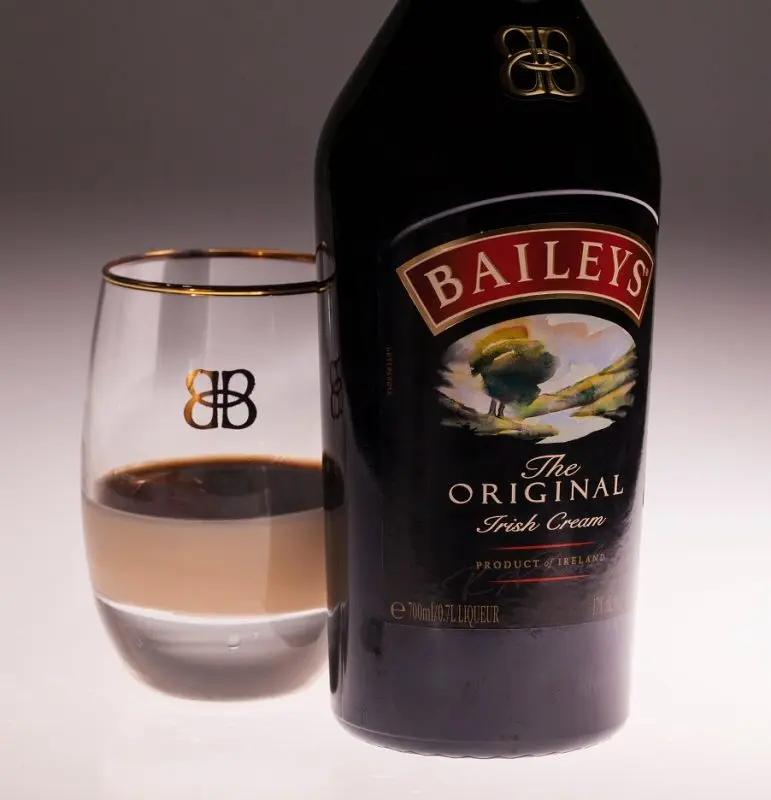The assortment of liqueurs includes thousands of items, and the recipe and composition are unique for each manufacturer, but you can still make a classification by highlighting the main types of liqueurs according to several criteria: preparation method, basic ingredient, strength and sweetness. This knowledge will help you navigate when choosing the right drink in the store.
By international standards, liquor is an alcoholic beverage with a strength of at least 15%, produced in one of three ways. In the first method, berries, fruits, herbs and other components are soaked for some time in pure alcohol (infused), then the resulting liquid is distilled in a special distillation apparatus – alambika or column. To reduce the strength, water and sugar are added to the finished drink. If you do not use dyes, the liquor will turn out transparent. For example, this is how the famous Italian sambuca is made.
The second method of production is the soaking (maceration) of the liquor base in alcohol or strong alcohol (whiskey, cognac, gin, etc.) for several months, followed by filtration and the addition of other ingredients provided for in the recipe. Almost all fruit liqueurs fall into this group. In fact, these are ordinary tinctures with sugar. The third way is a combination of the previous two. Due to technological complexity, high costs, and the lack of clear advantages in taste and aroma, the combined method is rarely used.

Composition of liqueurs
Each manufacturer tries to create a unique composition that distinguishes his trademark from competitors, but there are basic components that are included in every liquor:
- alcohol base – in most cases it is brandy (fruit distillate) or grain alcohol;
- extract – creates a basic taste, any fruits and berries are suitable for extracting, thanks to which the range of liqueurs is so diverse; there are drink options that do not use fruit extract, such as Advocate egg liqueur or milk Baileys;
- flavorings – herbs, spices, plant roots or their synthetic substitutes, some liqueurs contain medicinal herbs (Becherovka, Jägermeister, Bitner), but today this is a rarity;
- other components – are responsible for the flavor or completely form the taste, this group includes: cocoa, egg yolk, tea, coffee, cream, vanilla, etc .;
- distilled water – needed to adjust the strength and consistency;
- sweeteners – sugar, pure glucose or honey.
Types of liqueurs
Depending on the strength and sugar content, they distinguish:
- Strong (35-45% alcohol, 32-50% sugar) – they drink in their pure form in small sips from small glasses, and strong liquors are also added to tea and coffee. Famous brands: Benedictine, Cointreau, Sambuca, Becherovka, Vana Tallinn.
- Dessert (25-30% alcohol, sugar up to 50%) – have a pronounced aroma, served at the end of dinner as a digestif along with sweet dishes (ice cream, chocolate, fruit). Dessert liqueurs include: Amaretto, Chambord, Lawyer, Curacao.
- Cream liqueurs (alcohol 15-28%, sugar – 50-60%) – due to the high sugar content, this type has a specific sugary taste. Cream liqueurs are drunk with ice from whiskey glasses. Drinks are represented by such brands as Baileys, Sheridans, Milwood, which are a good choice for a romantic evening or cocktails.

There is another, intuitive classification, in which the ingredient that forms the taste is taken as the basis. For example, orange, raspberry, apple, mint coffee, egg, etc.









